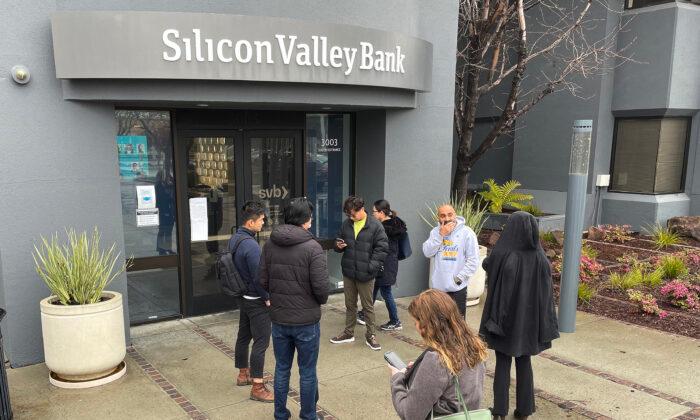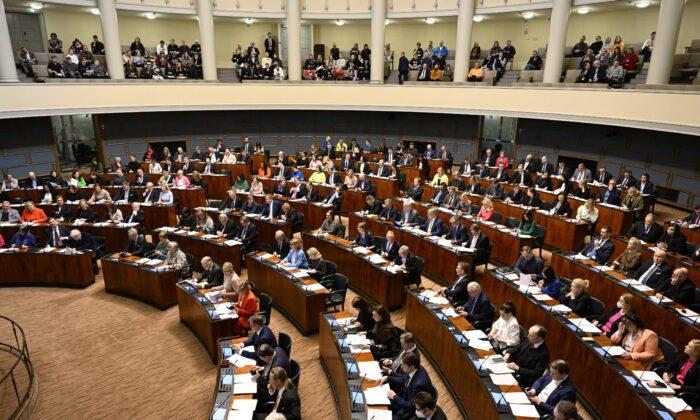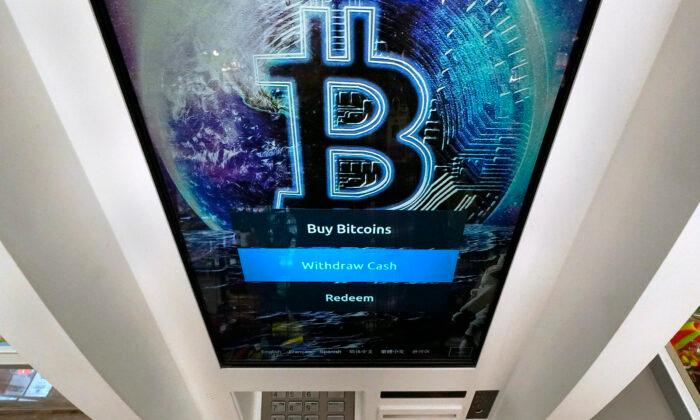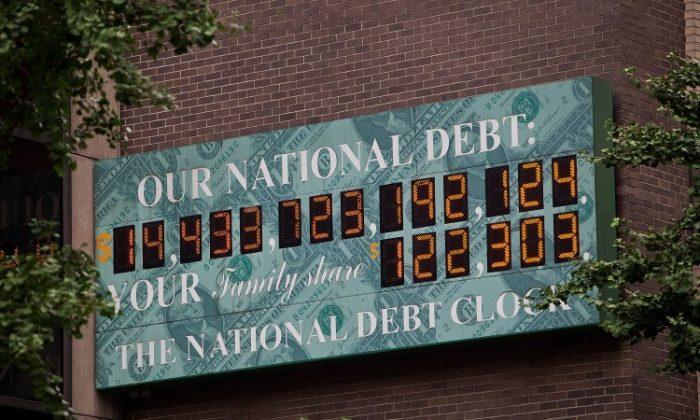Essentially, a central bank digital currency would create another layer of central bank money. Central bank money is comprised of physical cash in circulation and central bank reserves—the deposits of financial institutions at the central bank.
Essentially a CBDC can take two forms. It can be a central-bank-issued (retail CBDC) digital currency or a central-bank-backed digital currency, or ‘synthetic’ CBDC.
If a synthetic CBDC would be issued in a country, private sector payment service providers would issue liabilities matched by funds (reserves) held at the central bank. Thus the private issuers of digital currencies would act as intermediaries between the central bank and the end users: consumers and firms. Some argue that a synthetic CBDC wouldn’t constitute an actual CBDC. This is because, regardless of whether the liabilities of the providers would be fully matched by funds held at the central bank, the end users wouldn’t hold a claim on the central bank.
In the modern fractional reserve banking system, banks cover only a fraction of their liabilities, such as deposits, with reserves at the central bank. A good part of the remaining liabilities are covered by assets, preferably eligible as a security for central bank liquidity provision when needed, as well as by capital. A synthetic CBDC would be fully covered with reserves at the central bank, making such deposits more secure. This would mean that banks would be likely to lose some customers, pushing them to seek more wholesale funding, such as from commercial credit markets, such as state and local municipalities and brokered deposits, after the issuance of a synthetic CBDC. Banks could also be forced to raise interest rates on deposits, which would reduce their profits.
The situation would become even worse if a “pure” or a retail CBDC were to be issued.
A retail CBDC could be account- or token-based. The former (a form of intangible property) would involve the transfer of a claim between accounts resembling a bank account transfer, with the exception that accounts would lay in the central bank. In the latter, there would be a transfer of a token between wallets. Settling transactions using a token-based CBDC (a form of tangible property) would require external verification of the tokens, which would imply that anonymity, such as with transfers in cash, couldn’t be guaranteed.
Through a retail CBDC, the central bank would become a direct competitor of commercial banks. It’s the role of a central bank to monitor and regulate banks and to act as a ‘lender of last resort,’ during a banking crisis in particular. It’s quite obvious that the issuance of a retail CBDC would utterly corrupt the banking system, as the central bank would then be both competitor and regulator (and an expected ‘savior’) of commercial banks.
This means that both retail and synthetic CBDCs would alter the banking system in a fundamental way, but the biggest problem would arise in a banking crisis.
Because synthetic CBDCs, or CBDC ‘e-money’ holders, would be fully covered by central bank reserves, unlike fractional reserve banks, the existence of synthetic CBDCs could worsen a potential run on banks, thus making the banking crisis worse.
The situation would, again, be much more detrimental with the retail CBDC. If the central bank has the backing of a fiscal authority (as they usually do, with the notable exception of the European Central Bank), it can provide banking services backed by the taxing power of a government. It’s obvious that in this situation, the central bank will offer superior deposit safety. Thus if consumers believe that a run on a commercial bank or the whole banking system is imminent, all depositors will move their deposits to the safety of a central bank.
Theoretically, such a flight from commercial banks to the safety of the CBDC could be countered only with strict deposit limits to the central bank. But it’s questionable whether such limits could be maintained in a banking crisis, as the crisis would almost certainly create political pressure to open the balance sheet of the central bank with a CBDC to all. This could lead to a situation where the banking system would consist of just one bank, the central bank, and this is where the truly dystopian scenario would emerge.
If a CBDC dominates the monetary realm of a country, that country’s central bank could arbitrarily set interest rates to, let’s say, minus 10 percent. The central bank would also come under heavy political pressure to use its profits and its ability to divert lending toward politically desirable ends, such as “green” initiatives; social, gender, or racial equality; universal basic income; or even toward supporters of “politically acceptable” parties. This would lead to a deluge of unprofitable investments and the utter corruption of the banking system. Moreover, as central banks are only quasi-independent, the banking system would essentially become controlled by the government.
“Sorry, you have jay-walked and littered too many times, so your withdrawal limit has been reduced to 5 euros per day,” or “Sorry, you have criticized the government on social media, so your account has been frozen” could become the norm.
This would lead us well down the path toward an unrecognizable global Orwellian dystopia, where our present freedoms could be sharply limited, if not completely taken away. It should be fully acknowledged that if we lose our financial freedoms, our civil liberties will almost certainly follow.
While the above may seem absurd to many, they should heed the warnings of history of giving too much power to governments. That has almost always been the road to tyranny, and that’s where the issuance of CBDCs would pave the road to.





